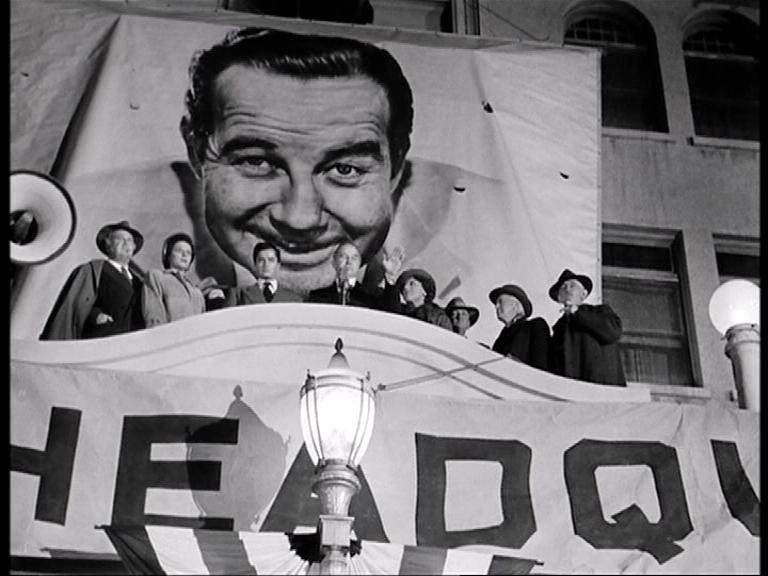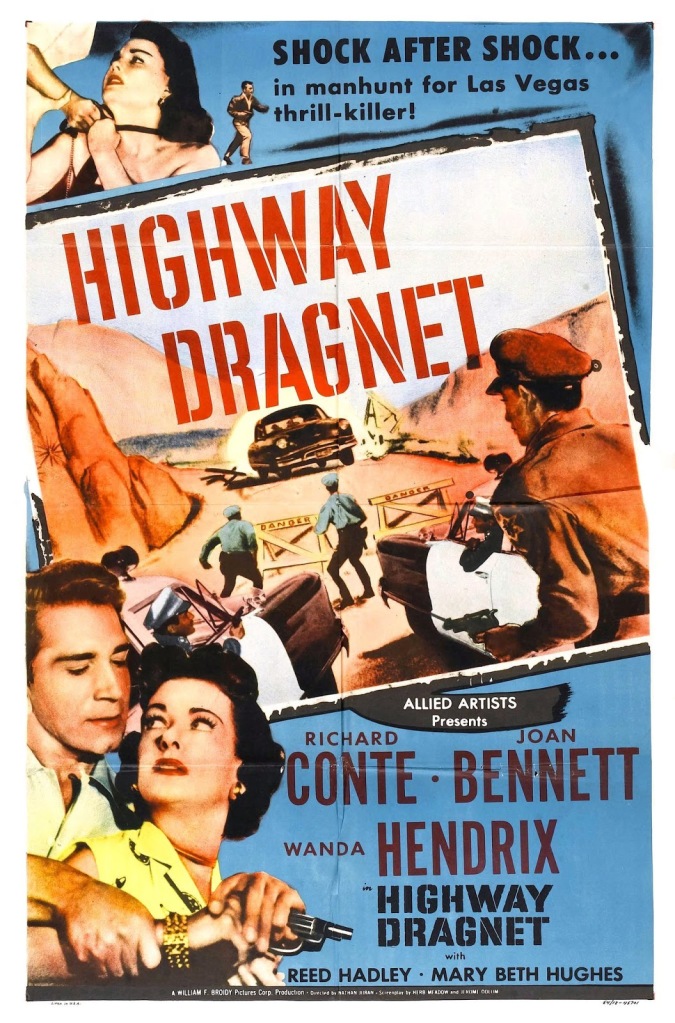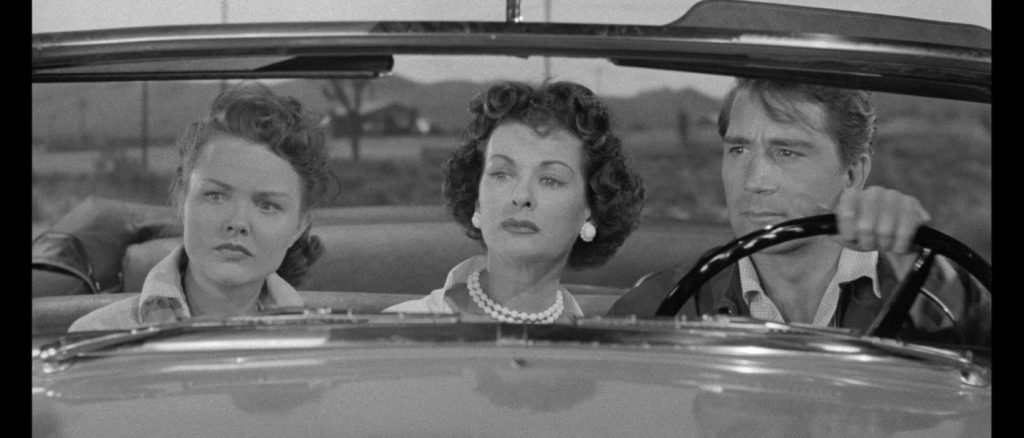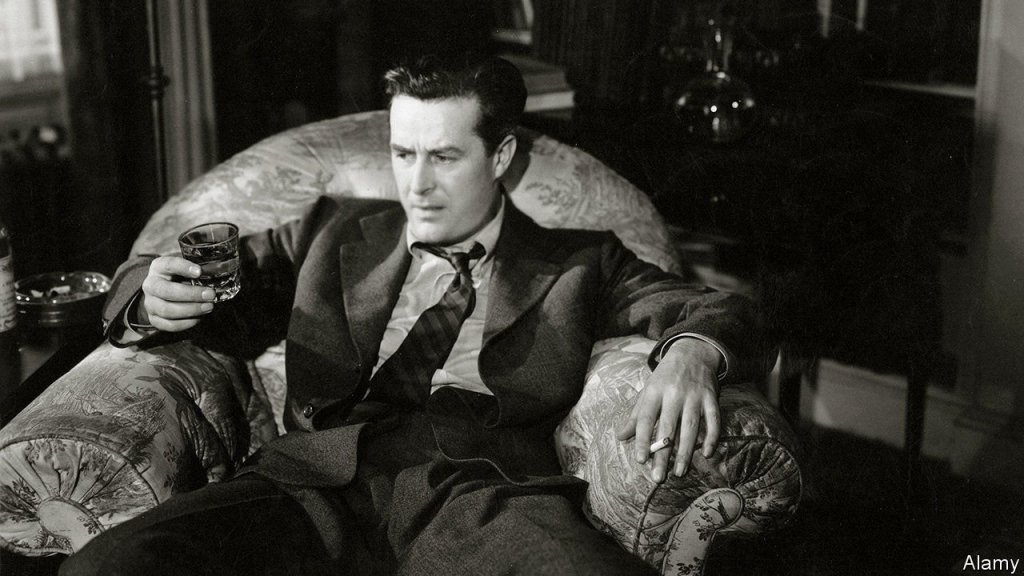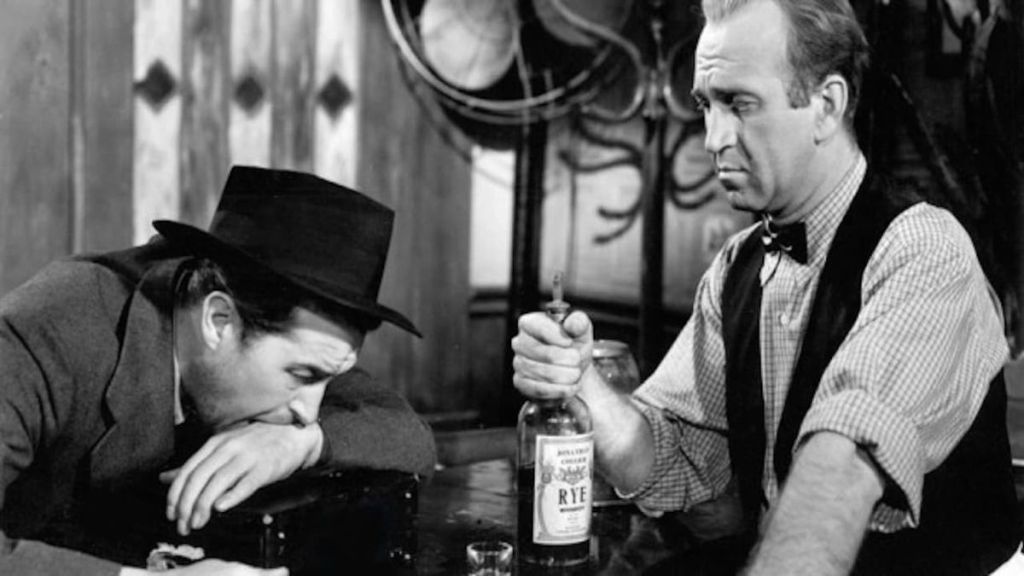The Film Noir Odyssey
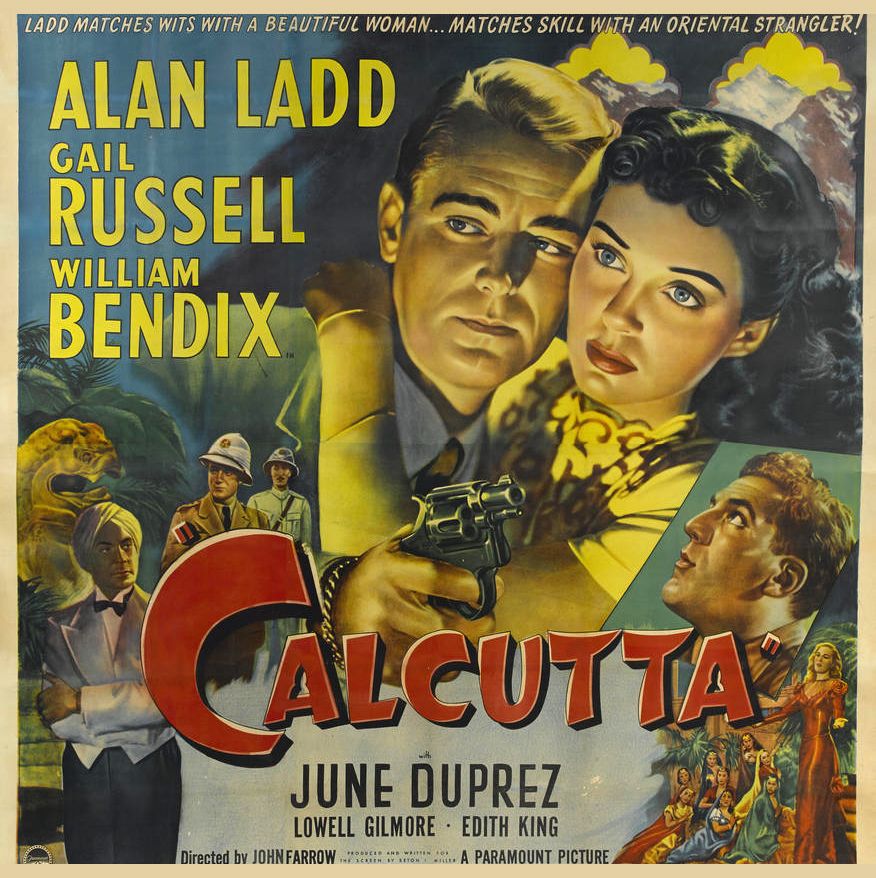
Writer: Seton I. Miller
Director: John Farrow
Cast: Alan Ladd, Gail Russell, William Bendix, Edith King
Cinematography: John F. Seitz
Music: Victor Young
Studio: Paramount
Release: April 23, 1947
“Calcutta” was made five years after “Casablanca” but was still thinking the audience was hungry for stories clearly inspired by that Oscar winner. It stars Alan Ladd doing his “I may be a sociopath, but I’m going to hint that I have feelings too” thing. In other words, mostly everything here is decently made but ten times warmed over noir. There is one exception, though, and that is Gail Russell as the movie’s femme fatale, who single-handedly makes everything feel fresher than it should.
Ladd plays Neale, one of three best friends who fly planes for the military between Chungking and Calcutta. His friends are Pedro (William Bendix, who doesn’t look like a Pedro) and Bill (John Whitney), who unexpectedly announces that he is getting married… and is subsequently murdered in an alley. Neale suspects Bill’s fiancé Virginia (Russell) is somehow involved, and he & Pedro begin an investigation into the death… all while Neale slowly falls for Virginia. The men uncover a smuggling ring, a plethora of money in Bill’s account that shouldn’t be there and find their lives in immediate danger.

If Russell seems like an odd choice for the female lead, you would be correct. One has to wonder why they didn’t just cast Veronica Lake, but I’m happy Russell made the cut, even if her inclusion seems like a miscast on the surface. She brings a genuine innocence to Virginia that is wholly unexpected – it’s all in her eyes. She might be speaking the usual noir hardboiled dialogue thanks to screenwriter Seton I. Miller (“Singapore”), but her eyes scream that she’s being genuine – it’s quite refreshing considering most femme fatale actors really like to lean into the grey areas of their character (or just appear evil from frame one). Here is a performance where, even when she is being confronted with her sins at the end, she does such a good job at convincing you that she genuinely means what she is saying that you wonder if there is going to be a twist on the twist.
There isn’t, of course. And Virginia’s involvement is quite obvious from act one, since Miller’s script offers up another female love interest for Neale in Marina (June Duprez), who is introduced early and then takes a backseat to the narrative, all but twiddling her thumbs in the background waiting for her kiss at the finale once Virginia is arrested. I hate when writers tip their hands so obviously – why not just have Neale (who is a misogynistic asshole to begin with) end the movie alone? It would work better thematically considering the rest of the storyline. Ah well.
There are other problems with the screenplay, specifically how it also abandons Pedro’s character (literally sending him to jail at one point) to keep him from actively taking part in the mystery. He’s sort of a non-entity, which is a shame since Bendix is such a strong presence – he’s too friendly to be a red herring suspect in the murder and offers nothing in terms of clues or narrative drive aside from volunteering to exit the movie by going to jail. Sigh. That said, Miller’s work isn’t completely a bust – he does a fantastic job with a jewelry dealer supporting character named Mrs. Smith (Edith King), giving her most of the great lines. Each time she pops up, the movie is better for it, and King clearly has a lot of fun with the role.

The director is John Farrow, who made the masterpiece “His Kind of Woman” (though most of his work was re-shot) and the excellent “The Big Clock.” This film is much darker than those, both content wise and in the cinematography by John F. Seitz (“Double Indemnity”). They both do great visual work making the Paramount backlots look like Calcutta, and have a lot of fun with partially see-through walls throughout. I also have to commend Farrow’s casting choices – unless I missed it, all of the native characters are actually played by the actors of the correct ethnicities instead of white people in brown or yellow face. It’s sad that I need to commend someone for that, but here we are.
Farrow also gets bonus points for getting Ladd shirtless and oiled up within the first ten minutes – I will be forever indebted to him for that. Ladd could play roles like this in his sleep by this point in his career, and does just fine – Miller’s screenplay makes his character particularly harsh towards women (Neale slaps Virginia eight times after discovering her betrayal – I counted), and Ladd spouts off horrifying lines and generalizations like he believes them. Bendix is dependable as always, but as written previously, has little to do. The real stars here are the women: Russell, King and Duprez – they’re the ones you’re going to talk about after the movie ends.
“Calcutta” is the type of movie you’d enjoy more if you’ve never seen a film noir before. As it is, it’s a routine amalgamation of about fifteen other tropes, with only Russell’s involvement setting it apart from the others. I’m giving it a minor recommendation, but feel free to leave it pretty low on your watchlist.
Score: ***


